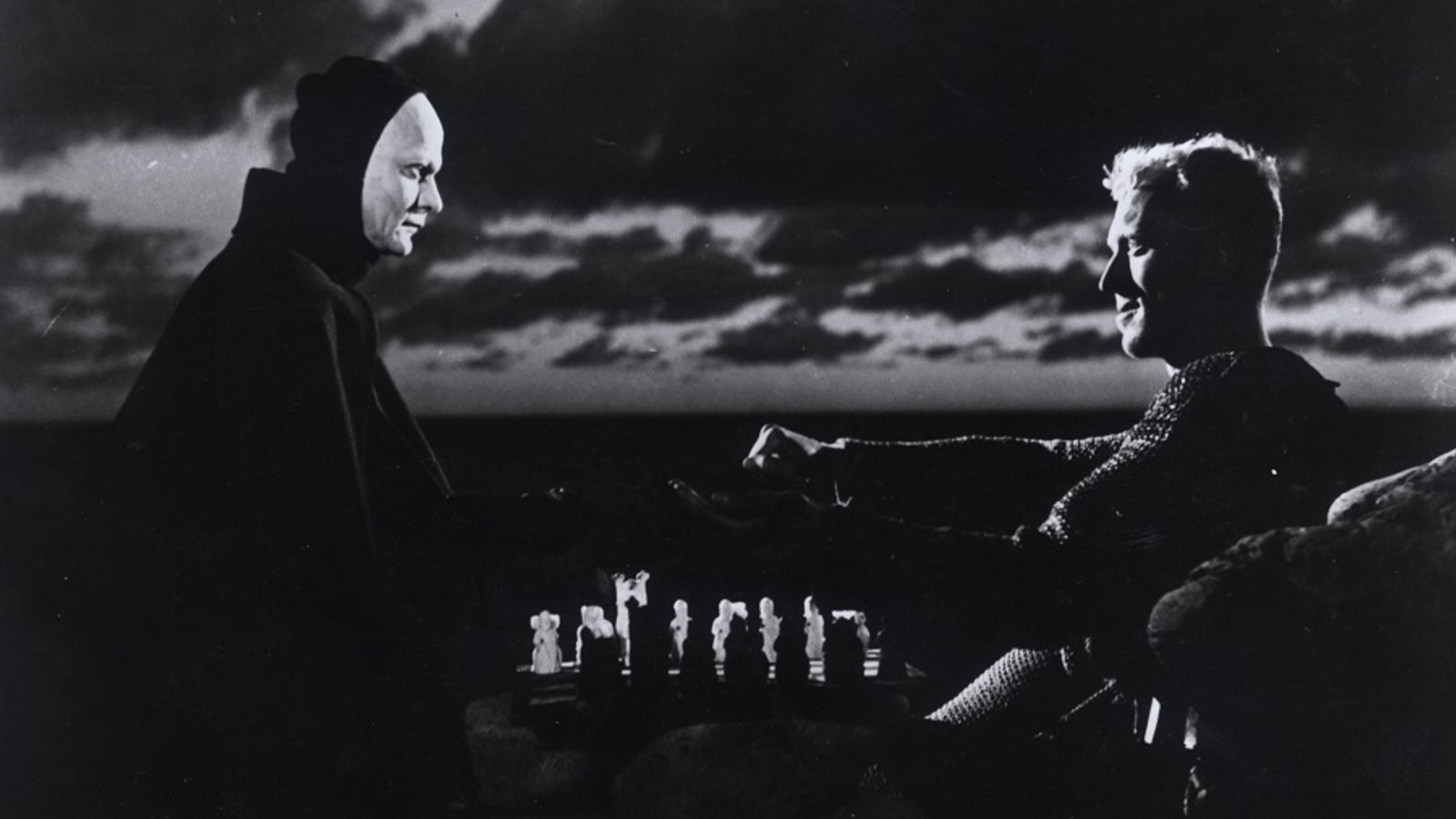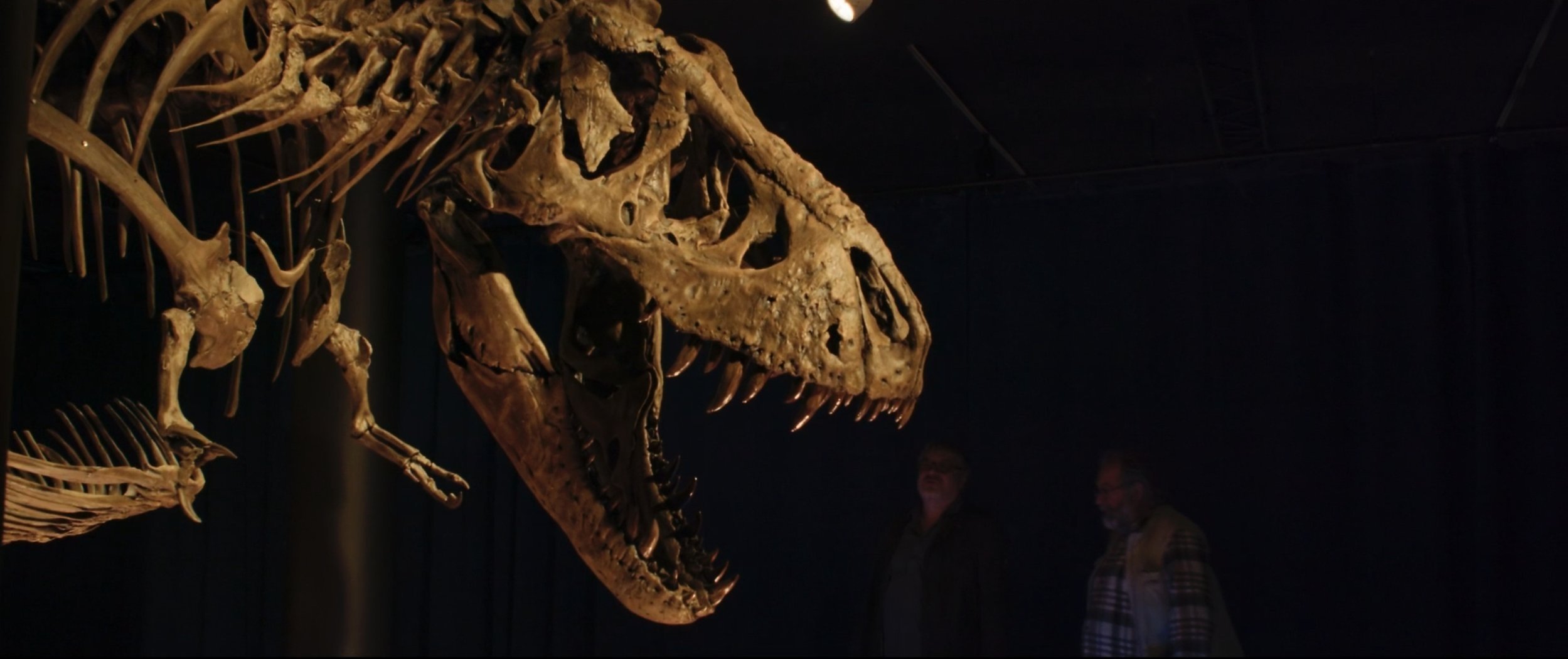9 Films for a Pandemic
In the summer of 1593, the plague struck London and the city emptied, people retreating, if they could, to the countryside to avoid the spread of disease. John Donne, the famous poet-preacher, alludes to the events in a verse letter to a friend:
Now pleasure’s dearth our city doth possess,
Our theatres are filled with emptiness;
As lank and thin is every street and way
As a woman delivered yesterday.
The theatres Donne describes were those of Shakespeare and his competitors, but it could just as easily describe the movie theatres of not only global centres such as Toronto but also smaller cities such as Waterloo, Ontario.
COVID-19 has changed life as we know it across Canada and the world.
Considering that most of us are liable to be stuck in self-isolation for the next four to eight weeks, it’s never been a better time to watch some movies. Pandemics are at the top of our minds, so it makes sense that we’d be drawn to films about pandemics or similar global crises. It’s only human to be drawn to the macabre when confronted with terror on our doorstep. By delving into fictional tales of terror, we can redirect our anxieties away from real life and enjoy a small measure of catharsis. We can also learn something about ourselves by comparing our real responses to the pandemic to the fictional tales we tell. How do we stand up to movie characters? Is Hollywood alarmist or optimistic?
We described our similar 2017 article, 10 Films for the Age of Trump, as “a genuine attempt to try to understand current events through film.” The same holds for this list. Cinematic texts not only offer us escape, catharsis, or respite, but also a lens through which to read the world around us. Works of art can add to our experience and knowledge and help us to interpret our own lives, even if the works happen to be zombie movies or tales of science fiction.
Lastly, if we can’t share the experience of viewing a movie together in the theatre anymore, perhaps we can bridge the divides of space and time with a shared viewing list. Together, let’s take some comfort in the stories of others, which, especially for the best, always become stories about us.
We’ll post a second part to the list in the coming weeks. For the time being, here are nine films that prove to be eerily appropriate viewing for the strange time in which we are living.
Arrival (2016) dir. Denis Villeneuve
A rare science fiction film that depicts the paradigm shifting impact of a global event, in this case the appearance of alien spacecraft at various points around the globe rather than a pandemic, and how our assumptions about how the world works, right down to language and our perception of time, can prove a barrier to finding solutions. But Arrival offers an ultimately hopeful vision, not only of the ability of individuals to rise to the occasion, but of our global community coming together to solve problems. (Anders)
Available for streaming in Canada on Amazon Prime and Netflix. Available for rental in Canada on Apple TV, Cineplex, Google Play, Microsoft Store, and YouTube.
Children of Men (2006) dir. Alfonso Cuarón
The cultural critic and theorist Mark Fisher suggested that Children of Men was a literalization of the death of hope and the possibility of something new under late capitalism. It’s hard to disagree, watching the early decades of the twenty-first century and this latest pandemic deal blow after blow to our faith in institutions and ideologies. Cuarón’s film is richer than just a schematic allegory, and it’s a film that I’ve returned to again, and again, to make sense of crises and turmoil. It portrays our political and social structures crumbling in the face of a mysterious existential threat that has left people resorting to xenophobia and isolation. If this sounds frighteningly familiar, take comfort knowing that Children of Men doesn’t end without all hope. Ultimately, it suggests that the presence of children and the “Human Project” will continue, long after the future begins to feel unthinkable. (Anders)
Available for rental in Canada on Apple TV, Cineplex, Google Play, Microsoft Store, and YouTube.
Contagion (2011) dir. Steven Soderbergh
A prediction: Steven Soderbergh’s modest critical and commercial hit from the beginning of the last decade will establish itself as a modern classic, with seemingly everyone watching it on streaming right now. It’s a good film to turn to today, not only because it functions as a gripping thriller depicting the emergence of a worldwide pandemic, but also because it presents a convincingly real account of a global-scale disaster. Although the same could be said for Arrival (also on this list), Contagion helped to pioneer a muted, sensible, realistic rather than fantastical or sensational approach to disaster movies. In tone, this is far from the works of Roland Emmerich and other 1990s disaster movies such as Armageddon. Soderbergh conveys scale not through special effects but rather through the narrative form of what David Bordwell calls the “network narrative,” featuring multiple protagonists and parallel storylines in a manner akin to Crash (2004) or Soderbergh’s own Traffic (2001). Hopefully, Soderbergh’s innovations in the film will find new recognition and appreciation today. (Anton)
Available for streaming in Canada on Crave and Netflix. Available for rental in Canada on Apple TV, Cineplex, Google Play, Microsoft Store, and YouTube.
Dawn of the Dead (2004) dir. Zack Snyder
I could just as easily recommend George A. Romero’s 1978 original (well, sequel), a film whose atmosphere I keenly admire even if its storytelling and technique are barebones. But as we campaign for #ReleaseTheSnyderCut, it seems more appropriate to single out Zack Snyder’s first film, which I actually consider an improvement on the original. It’s a brilliant debut film and one of the best remakes ever made. Snyder brings in the fast zombie concept from 28 Days Later..., but holds onto the confined setting, restricted focus, and thematic emphasis on social microcosms of George A. Romero’s zombie movies (especially Night of the Living Dead and Dawn of the Dead). The result is a work of supreme suspense that keeps you on edge for the course of the whole film (no hyperbole intended). I find this movie intensely suspenseful, from nurse Sarah Polley’s agonizing first fight in her home, to the terrifying ending on the island safe haven. The opening credits sequence also puts Johnny Cash’s “The Man Comes Around” to powerful use. (Anton)
Available for streaming in Canada on Amazon Prime and Crave. Available for rental on Apple TV, Cineplex, Google Play, Microsoft Store, and YouTube.
Outbreak (1995) dir. Wolfgang Peterson
The film that ruined a thousand children’s lives. I kid, but Outbreak is the kind of thriller that a seven-year-old could catch on AMC one afternoon and come away traumatized and terrified of germs for years. Not that it’s a particularly exceptional movie, but it’s one that captures the most alarmist and American aspects of responses to outbreaks, one that seems all too familiar right now if you simply turn on CNN or MSNBC. Following a team of disease specialists (Dustin Hoffman, Rene Russo, Cuba Gooding Jr., Kevin Spacey) reacting to an Ebola outbreak in the United States, the film taps into the panic that followed the initial reports of Ebola spreading across the Congo in 1995. It’s big-budget, alarmist, hammy entertainment, and the kind of film that taps into real anxieties in order to provide classic American thrills. (Aren)
Available for rental in Canada on Apple TV, Cineplex, Google Play, Microsoft Store, and YouTube.
REC (2007) dir. Jaume Balagueró & Paco Plaza
I’m glad that our current outbreak looks nothing like the carnage of REC. This found-footage zombie movie from Spain follows a television reporter (Manuela Velasco) who is trapped inside an apartment building during a zombie-like outbreak. The government quarantines the building while she is inside and so, with camera in tow, she tries to survive and escape while the residents are consumed by the virus. REC is terrifying and among the most compelling uses of found footage ever. It’s also a good reminder that no matter how terrifying the current pandemic is, it could be even scarier. (Aren)
Available for rental in Canada on Apple TV, Google Play, and YouTube.
Robinson Crusoe on Mars (1964) dir. Byron Haskin
The best screen version of the classic survival adventure novel is actually a goofy yet sublime sci-fi film from 1964. It rightly foregrounds not only survival of the elements but also of isolation, which, amidst the social distancing, self-isolation, lock-downs, and states of emergency going on, makes this a good film to turn to in order to renew a sense of both individual self-reliance and the necessity of social anchors. As I’ve written before, with its haunting score and beautiful depictions of the stark Martian landscape, few films evoke such a poignant vision of loneliness. But, with a monkey companion and an alien “Friday” showing up, the way events play out reassures us that, no matter where we are, we need each other. (Anton)
Available for rental in Canada on Apple TV, Google Play, and YouTube.
Safe (1995) dir. Todd Haynes
“Are you allergic to the 20th century?” asks a poster in Todd Haynes’ Safe. A rare cinematic portrayal of illness that denies the typical narrative trajectory of courageous victory or melodramatic suffering (though Haynes confirms his eye for Sirkian mise-en-scène in this early film of his). A late-eighties housewife Carol (Julianne Moore) finds herself increasingly becoming sick from an unidentifiable “environmental illness” (inspired by the condition known as Multiple Chemical Sensitivity). She seeks answers and a cure by retreating to a desert commune, where her very thoughts and patterns reveal a kind of disarticulation of the self, until her pursuit of wellness leaves her, literally, hermetically sealed. Instead of posing firm answers, Safe asks how our very ways of life can make us sick, whether what can seem like liberation can ultimately be simply another prison. (Anders)
Available for streaming in Canada on Criterion Channel.
The Seventh Seal (1957) dir. Ingmar Bergman
Although it’s not going for historical accuracy (the crusades ended in the late 13th century and the film takes place in the 14th century), The Seventh Seal forces us to confront the doom of living in the midst of a plague—or the doom of living in general. The most famous of Ingmar Bergman’s films and the film that put the late Max von Sydow on the map, The Seventh Seal explores a knight’s (von Sydow) return to Sweden after the crusade and his chess match with Death in order to extend his life just a little longer. The chess match is a metaphor for society’s struggle with the plague, which allows the terror of the Black Death to be played out in an intellectual manner. We’re all consumed with dread and fear of the unknown right now. The Seventh Seal is the film that asks the questions that go beyond the here and now to the why and what’s to become, bridging the gap between the transitory and the eternal. (Aren)
Available for streaming in Canada on Criterion Channel. Available for rental on Apple TV, Google Play, and YouTube.












Anders and Anton work out why they feel that the Coen brothers’ 2016 Hollywood satire, Hail Caesar! might actually be a great movie to watch on Easter weekend.